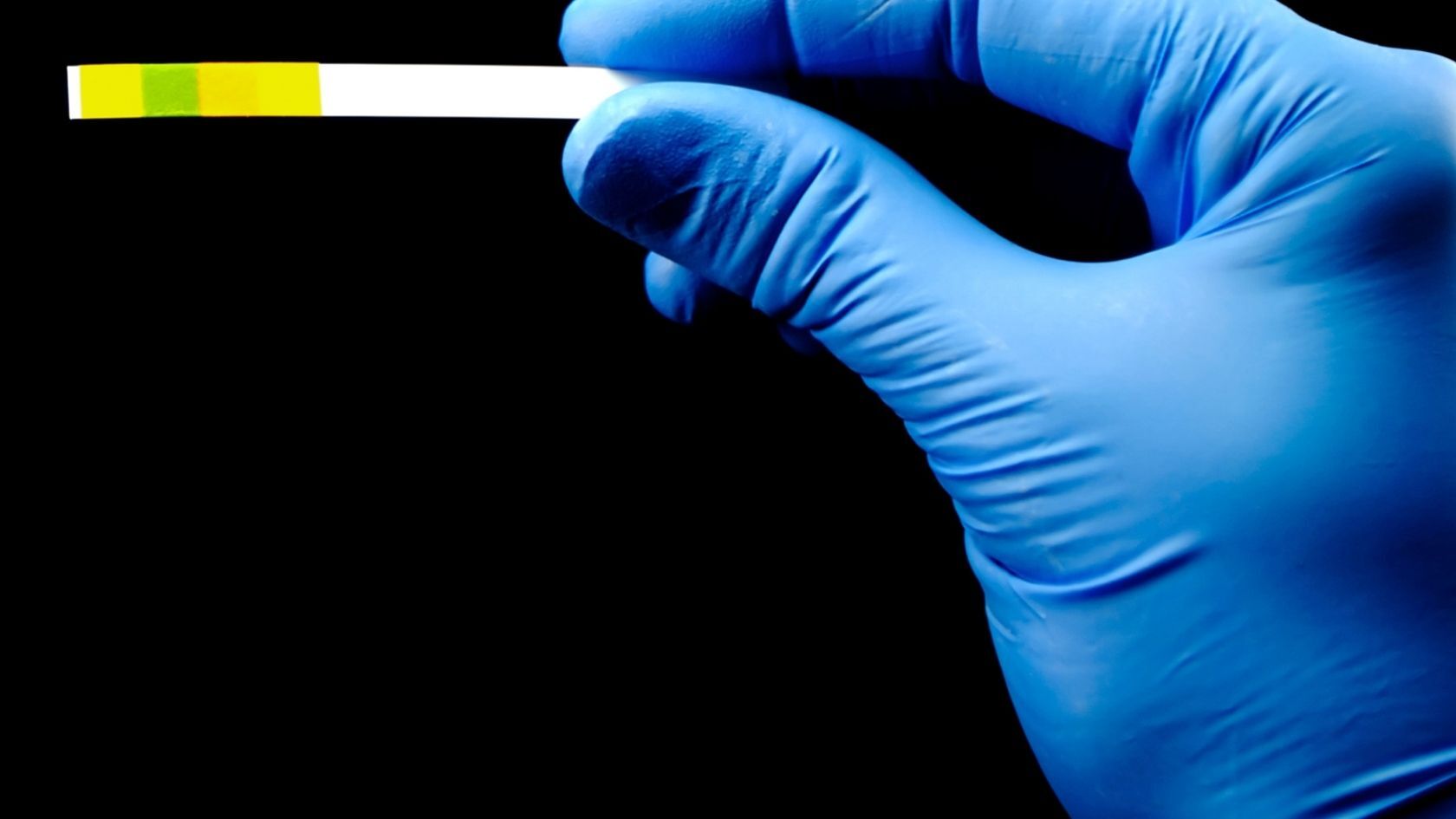© 2025 FilterCY
Submit an application
Fill the form and we will contact you as soon as possible
By clicking the Submit button, you agree to our Data Privacy
Find Your Perfect Reverse Osmosis Filter!
Answer a few quick questions, get a personalized recommendations for the best water filtration system for your home, and receive your personal discount!
Online. Free. Takes just 1 minute
Online. Free. Takes just 1 minute
How does shower water pH affect the skin: what does science say?

We often pay attention to the pH of our creams, cleansers, or soaps, but rarely stop to think: what is the pH of the water we use to wash our face or take a shower? Yet water is what comes into contact with our skin most frequently and for the longest periods — and its acid-alkaline balance can have a significant impact on skin health, for better or worse.
What is pH and why is it important for the skin?
pH is a measure of acidity. It’s measured on a scale from 0 to 14:
0−6 — acidic
7 — neutral
8−14 — alkaline
The normal pH of healthy skin ranges from 4.7 to 5.5.
This means the skin is naturally slightly acidic. This environment supports:
0−6 — acidic
7 — neutral
8−14 — alkaline
The normal pH of healthy skin ranges from 4.7 to 5.5.
This means the skin is naturally slightly acidic. This environment supports:
- The protective barrier (acid mantle)
- Microbiome balance
- Anti-inflammatory defense
- Moisture retention
What is the pH of tap water?
Most municipal water systems supply water with a pH between 7 and 8.5 — meaning it is neutral or slightly alkaline. This is done to protect pipes from corrosion, but it's not necessarily good for your skin.
A study published in the International Journal of Cosmetic Science (2006) showed that even brief contact with alkaline water raises the skin’s pH, makes it drier, and disrupts the lipid barrier.
Source: Lambers et al., “Natural skin surface pH is on average below 5, which is beneficial for its resident flora”
A study published in the International Journal of Cosmetic Science (2006) showed that even brief contact with alkaline water raises the skin’s pH, makes it drier, and disrupts the lipid barrier.
Source: Lambers et al., “Natural skin surface pH is on average below 5, which is beneficial for its resident flora”
Why can alkaline water be harmful to the skin?
If you regularly shower or bathe in water with a pH above 7, it can lead to:
Source: Schmid-Wendtner & Korting, “The pH of the skin surface and its impact on the barrier function”
- Damage to the skin’s acid mantle
- Increased dryness, tightness, and flaking
- Disruption of the microbiome (growth of “bad” bacteria and fungi)
- Worsening of inflammation and itching in conditions like eczema, rosacea, or psoriasis
Source: Schmid-Wendtner & Korting, “The pH of the skin surface and its impact on the barrier function”
What pH level of water is beneficial for the skin?
Ideally, water should have a pH of 5.5–6.5.
This is closer to the skin’s natural level and does not disrupt its barrier.
A review published in the International Journal of Women's Dermatology (2017) stated that using products and water with a pH close to that of the skin improves moisture retention and reduces symptoms of atopic dermatitis and acne.
Source: Ananthapadmanabhan et al., 2017
This is closer to the skin’s natural level and does not disrupt its barrier.
A review published in the International Journal of Women's Dermatology (2017) stated that using products and water with a pH close to that of the skin improves moisture retention and reduces symptoms of atopic dermatitis and acne.
Source: Ananthapadmanabhan et al., 2017
How can you control the pH of shower water?
Not everyone can change the composition of their tap water, but there are a few simple solutions:
- Shower filters. Learn more about Luxury Water here.
- Acidic body sprays or rinses after showering. These help restore the skin’s acid mantle, especially for sensitive or dry skin.
- Gentle, pH-balanced cleansers. Choose body washes and facial cleansers with a pH of 5–5.5 — this is especially important if your local water is hard and alkaline
Conclusion
We carefully choose skincare products based on our skin type, but often overlook the most obvious factor — the water we use every day. If its pH doesn’t match the skin’s needs, no cosmetic product can fully prevent dryness, irritation, or discomfort.
Start with the basics — check the pH of your water. It could make a noticeable difference in your skin’s condition within just a few days.
Start with the basics — check the pH of your water. It could make a noticeable difference in your skin’s condition within just a few days.
Water that reflects your lifestyle.
Discover truly pure, balanced, and vibrant luxury-class water.
Learn more 



